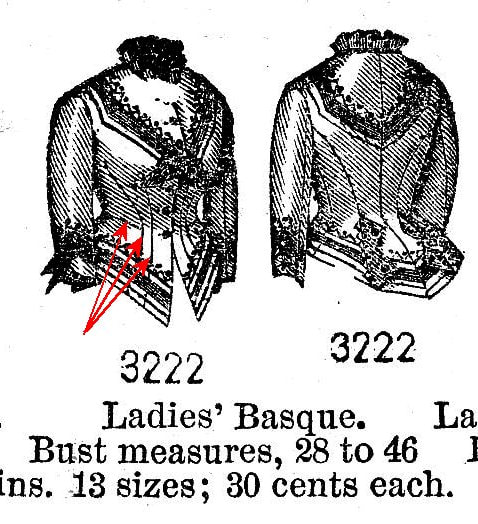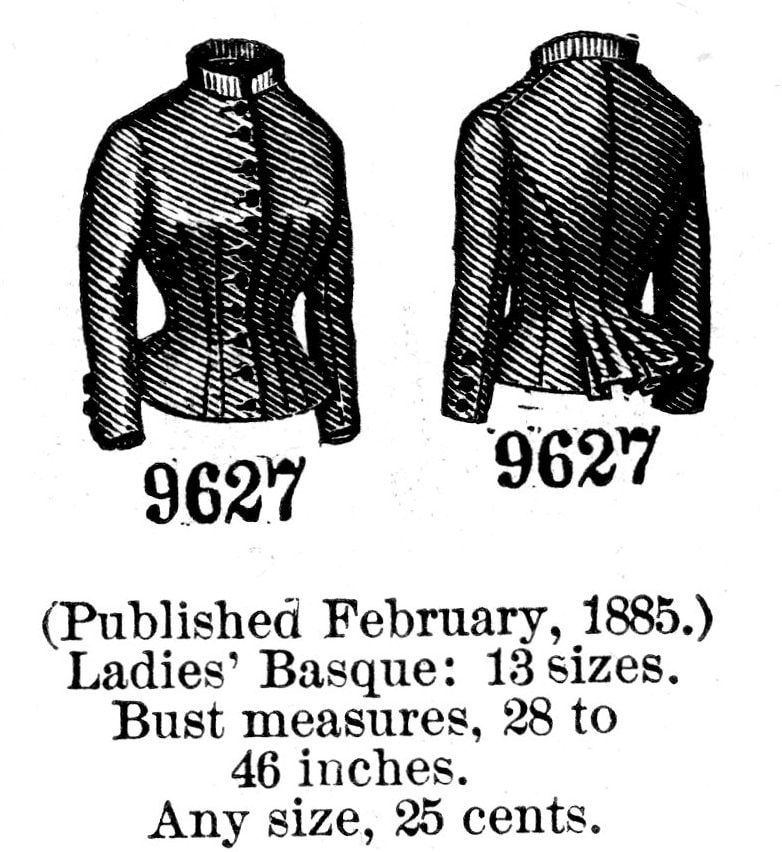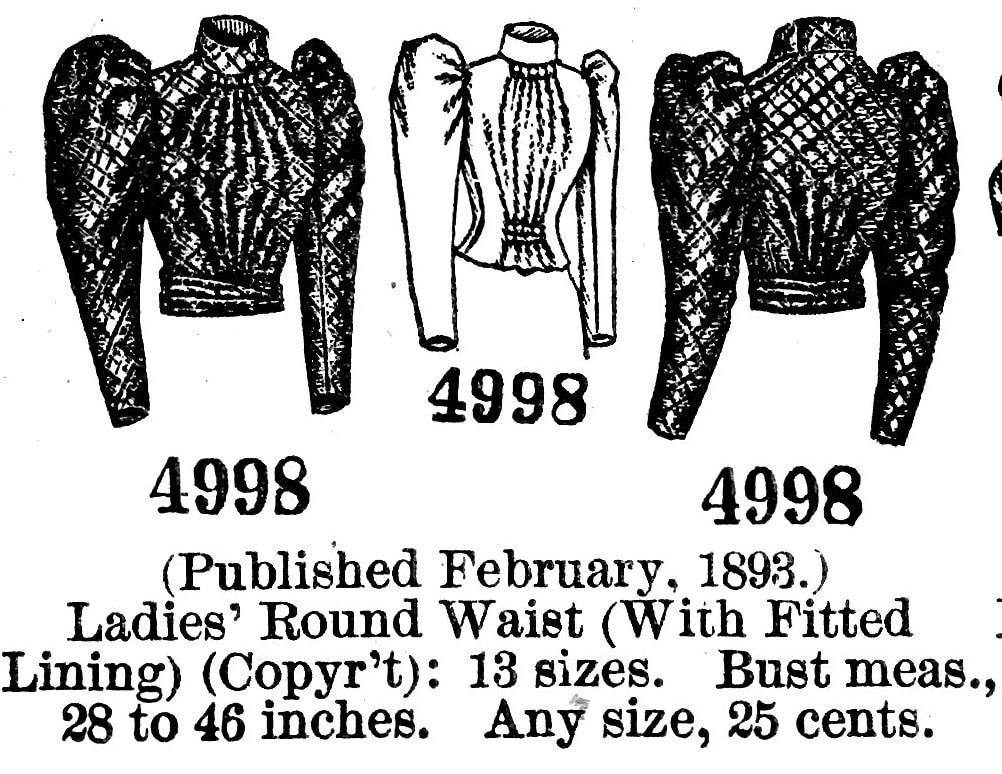I am going to try to keep a regular post about Fashion, costuming, re-enacting etc.
Like the Book Tuesdays eventually I hope to have it as a monthly post on the second or third Friday of the month.
To start us off here is a very interesting post from the blog at Marna Jean Davis- Clothing Historian
The post is entitled:
What Not to Wear (A basic guide to choosing a Historic Late Victorian Dress)
Lots of good information on practical late Victorian outfits suitable for re-enactors and historical displays.
Here is a short excerpt to give you a taste 😀
---
I realize not everyone has the same goals in
costuming. If you are just having fun playing dress-up in pretty
Victorian-esque dresses, living out alternate realities in Steampunk
timelines, or just having tea with the girls, this is probably not
the blog post for you.
IF HOWEVER, you are wanting to get involved in living history, or volunteer at historic sites. If you care that your kit be fairly close to what was worn "back then" this will be a VERY basic guide to things to be aware of when looking for vendors/dressmakers. This is not the be all end all, simply some hints to at least help you winnow out the chaff from the dresses that will at least be a decent starting point.
IF HOWEVER, you are wanting to get involved in living history, or volunteer at historic sites. If you care that your kit be fairly close to what was worn "back then" this will be a VERY basic guide to things to be aware of when looking for vendors/dressmakers. This is not the be all end all, simply some hints to at least help you winnow out the chaff from the dresses that will at least be a decent starting point.
What Time Period is "Late Victorian"
For the purposes of this article Late Victorian is 1870 through 1900. There ARE several major changes pattern shapes will go through and when there are specifics I will attempt to point them out. I am also going to attempt to explain why some details make a difference.
For the purposes of this article Late Victorian is 1870 through 1900. There ARE several major changes pattern shapes will go through and when there are specifics I will attempt to point them out. I am also going to attempt to explain why some details make a difference.
What to Look/Not Look For
Princess Bodice Seams on the Front are out- Darts are in
If you see a curved front seam to help fit the bust area, be EXTREMELY cautious. The greatest majority of late 19th century dresses are fitted with two darts on each side of the front piece. There are a few bodices that only have a single dart (half-fitted) and some that are loose with no fitting darts (saques). Princess cut seams (a seam that goes from the front armscye over the bust to the waistline,) are generally only seen on 1870s princess wrappers- a dress without a waistline seam, and even then only rarely. By the 1880s the curved front seam is nearly non-existent for all practical purposes. Most bodices that appear to have a curved seam will be found most often to be an overlay, rather than a separate seam.
If you see a curved front seam to help fit the bust area, be EXTREMELY cautious. The greatest majority of late 19th century dresses are fitted with two darts on each side of the front piece. There are a few bodices that only have a single dart (half-fitted) and some that are loose with no fitting darts (saques). Princess cut seams (a seam that goes from the front armscye over the bust to the waistline,) are generally only seen on 1870s princess wrappers- a dress without a waistline seam, and even then only rarely. By the 1880s the curved front seam is nearly non-existent for all practical purposes. Most bodices that appear to have a curved seam will be found most often to be an overlay, rather than a separate seam.
Well worth checking out!
Enjoy
Victorian Society of Alberta



No comments:
Post a Comment